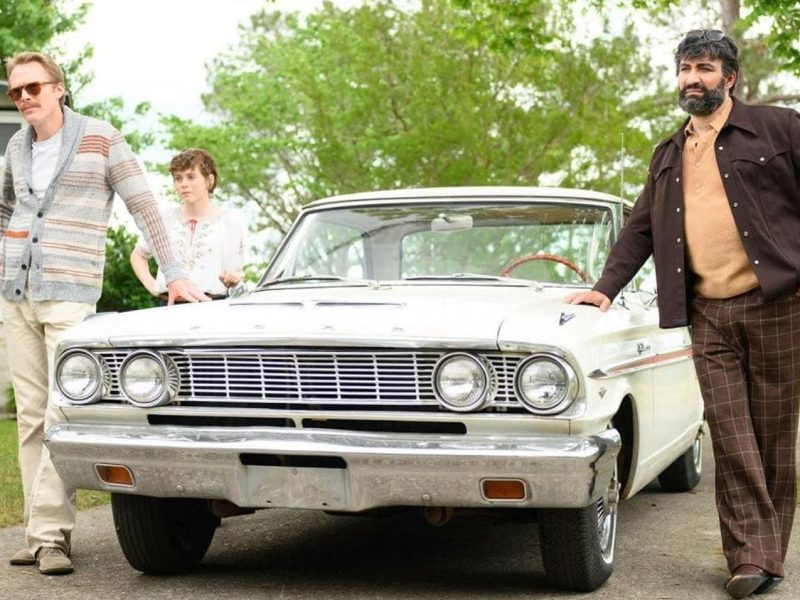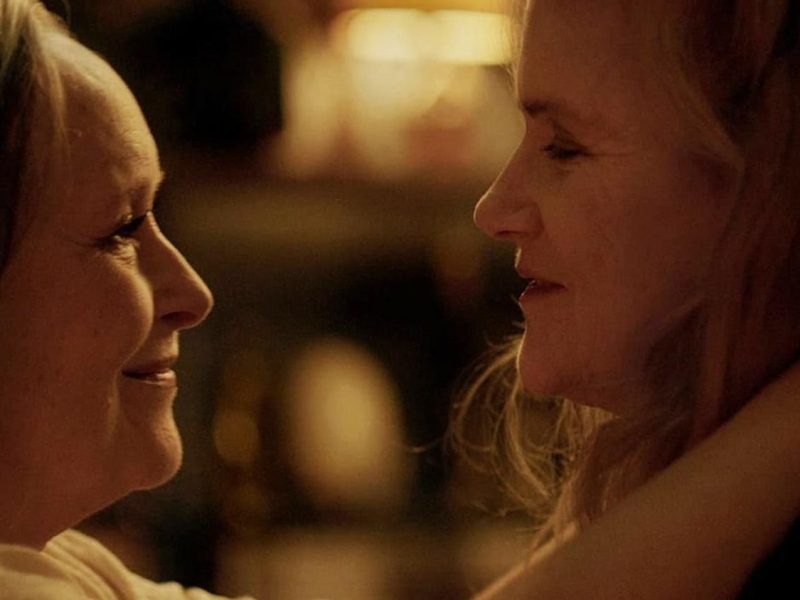The Artist’s Wife Review
"I make art, she is all the time," Bruce Dern's egotistical artist Richard says with a smile while Lena Olin's Claire kisses his arm. This is a hilarious, yet powerful line within The Artist's Wife's opening sequence that puts the film's goals to the forefront the fact that behind every successful person is not just female, but also an uncompromising one. The film is a predictable, yet touching film about the gender imbalance between couples of artistic inclination, and laced with a research on dementia based on the personal experiences of director Tom Dolby's parents.
While the subject is being carefully scrutinized, the characters are far too familiar to be complicated
The director bonds his film to Olin who's charisma and naturally compassionate nature are marred by a sense of isolation even when surrounded by people. Claire initially tries to conceal Richard's condition, which confirms her doubts about taking her job as deputy. Richard's symptoms do not only get worse, but he also displays his arrogant and dismissive personality is also evident. While Claire is the one to provide a shield against the harm that he inflicts, the swelling symptoms of guilt begin to show when she is able to regain her confidence as an artist as well as a desired company.
The difficult and often painful female experiences of couples who are creative can be explored in ways that are more unique and powerful than this such as Glenn Close's mysterious character on The Wife to the exhausting and unhealthy Hollywood romance that is Malcolm & Marie. While the subject is thoughtfully studied, the characters are far too familiar to be intriguing. Claire's journey is filled with the elements of an Eat, Pray, Love-style drama, and Richard is confined to the character of the highly praised male artist, who is stern and outspoken, yet protected through his work. It is a good thing that the dynamic mix of both actors in their struggle with their evolving marriage takes the film above its standard narrative. With Dolby's sympathetic depiction of the illness and the relationship between them it's an engaging but not particularly unforgettable exploration of self-discovery and sacrifice.


